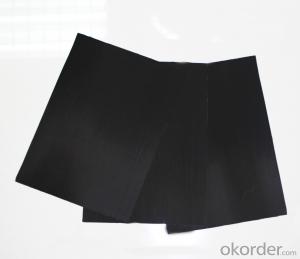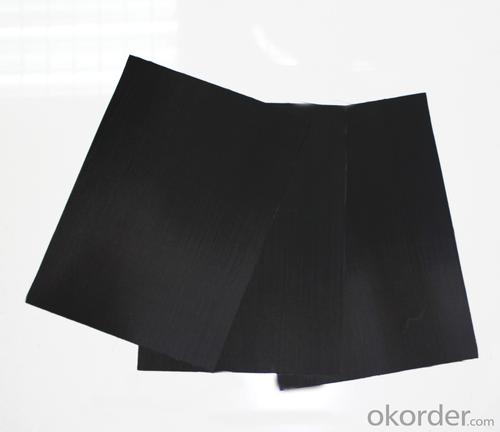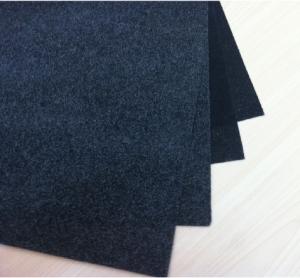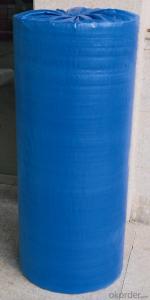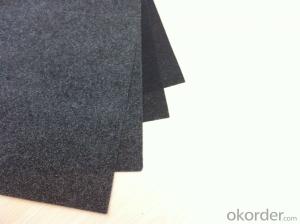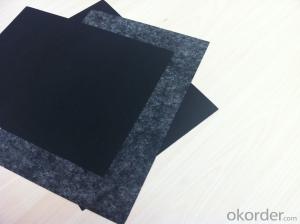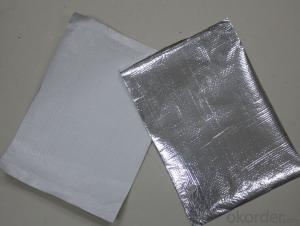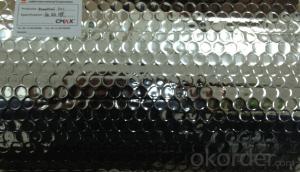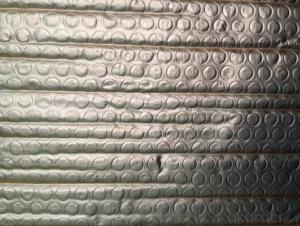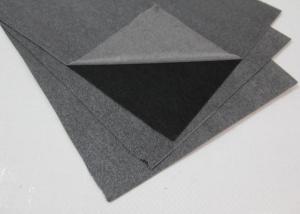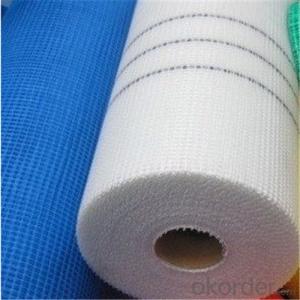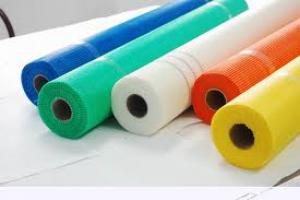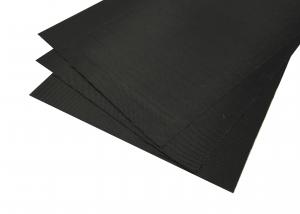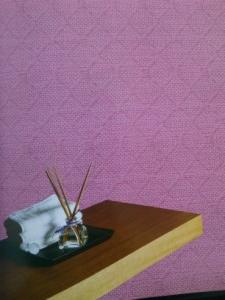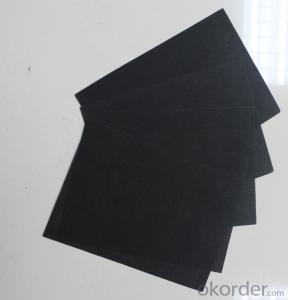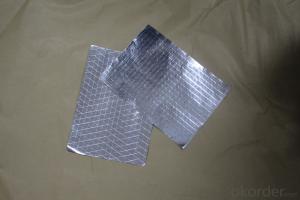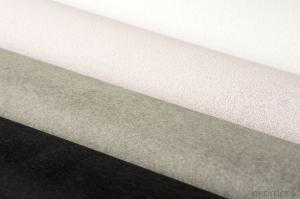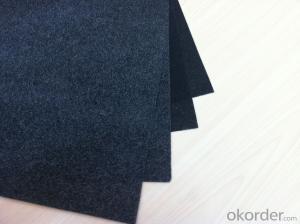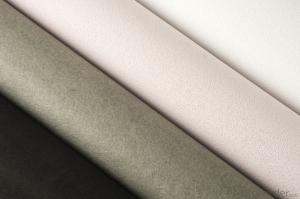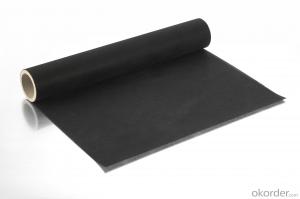Fiberglass Facing Black Fiberglass Cloth-140gsm with Reinforcement
- Loading Port:
- Shanghai
- Payment Terms:
- TT OR LC
- Min Order Qty:
- 500 m²
- Supply Capability:
- 100000 m²/month
OKorder Service Pledge
OKorder Financial Service
You Might Also Like
Introduction of Fiberglass Tissue
Fiberglass Tissue is a kind of facing, which is made of by the white fiberglass tissue, and special production process.
Application of Fiberglass Tissue
Our black tissue are mainly used as facing for glass wool insulation, rockwool, mineral wool etc. Also fiberglass tissue facing is used under roof decking, under attic rafters, over existing attic thermal insulation, in floors, walls and crawl spaces, and in industrial and commercial buildings to block radiant heat coming into house through the roof during the summer and retain indoor heat generated during in winter
Advantage of Fiberglass Tissue
Light weight
• High manufacturing accuracy
• High strength
• Small inertia resistance
• Strong heat dissipation ability
• Good visual effect
• High reflective insulation
• Heat resistant, water proof, stable at high temperature;
• Environmentally friendly, no smell and not-toxic;
• Smooth and clear surface;
Packing of Fiberglass Tissue
1. Waterproof paper then PVC shrinking Film
2. Water-Proof film only
3. Woven cloth
4. Kraft paper or Water Proof Film then Metal/wooden pallet
5. (Also as your request. )
Specification of Fiberglass Tissue
Specification | ||
ITEM | UNIT | VALUE |
Weight | g/m2 | 140 |
Thickness | mm | 0.16 |
Density | /cm | 12×12 |
Oxygen Index Number | % | ≥32 |
Tensile Strength MD | n/125px | 800 |
Tensile Strength CMD | n/125px | 500 |
Fire Resistant Property | B1 | |
Pictures of Fiberglass Tissue
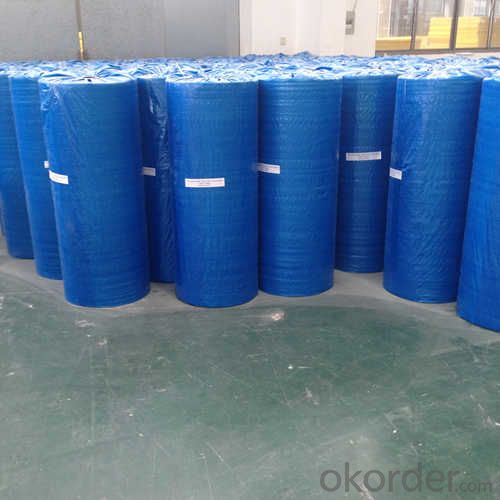

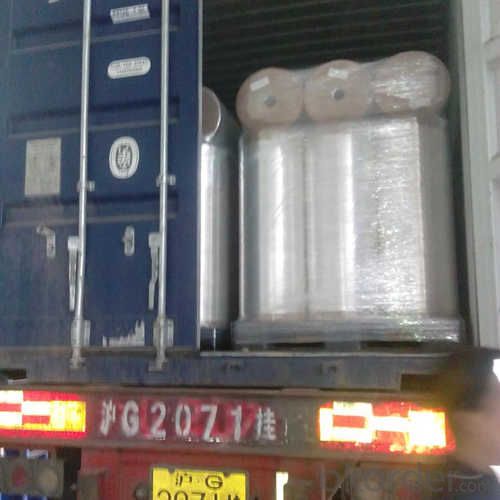
FAQ
We have organized several common questions for our clients,may help you sincerely:
1. What is the storage condition?
The Aluminum Foil Facing should be stored at room temperature and kept from wet and heat source.
2. How to guarantee the quality of the products?
We have established the international advanced quality management system,every link from raw material to final product we have strict quality test;We resolutely put an end to unqualified products flowing into the market. At the same time, we will provide necessary follow-up service assurance.
3.How to guarantee the quality of the products?
We have established the international advanced quality management system,every link from raw material to final product we have strict quality test;We resolutely put an end to unqualified products flowing into the market. At the same time, we will provide necessary follow-up service assurance.
4.How long can we receive the product after purchase?
In the purchase of product within three working days, We will arrange the factory delivery as soon as possible. The specific time of receiving is related to the state and position of customers. Commonly 20 to 25 working days can be served.
5.What is the storage condition?
The welded wire mesh should be stored at room temperature and kept from wet and heat source.
- Q: How is fiberglass facing installed?
- Installing fiberglass facing typically involves a few simple steps. Firstly, ensure that the surface where the fiberglass will be placed is clean, dry, and free from any dust or debris. This is important to ensure that the facing adheres properly. Next, carefully unroll the fiberglass facing and cut it to the desired size, leaving some extra material on each side for complete coverage. Position the facing over the surface and firmly press it down, starting from the center and moving towards the edges. To securely hold the fiberglass facing in place, apply adhesive or adhesive tape along the edges to create a tight seal. Smooth out any wrinkles or air bubbles that may have formed during installation. In certain situations, mechanical fasteners like staples or nails may be necessary to further strengthen the fiberglass facing, especially in areas prone to high impact or requiring extra reinforcement. Overall, installing fiberglass facing is a relatively straightforward process that demands attention to detail and proper surface preparation. By following these steps, you can ensure a successful installation that offers durability and protection.
- Q: This question asks about the methods used by manufacturers to maintain the quality of black fiberglass tissue during the manufacturing process.
- <p>Manufacturers ensure the quality of black fiberglass tissue during production through several key steps. They start with high-quality raw materials, such as virgin glass fibers and resins, to ensure strength and durability. They also implement strict quality control measures, including regular testing of the tensile strength, flexibility, and uniformity of the fibers. Advanced manufacturing techniques, such as precision weaving and controlled resin application, are used to maintain consistency in the product. Additionally, environmental controls like temperature and humidity regulation are maintained to prevent variations in the material properties. Finally, post-production inspections and testing are conducted to verify that the final product meets all quality standards before it is released to the market.</p>
- Q: Where can one purchase black fiberglass tissue?
- <p>You can buy black fiberglass tissue from various sources. Local home improvement stores or building supply shops often carry fiberglass products. Online retailers like Amazon, eBay, and specialized fiberglass supply websites also offer a wide range of fiberglass tissues in different colors, including black. Additionally, consider checking with industrial supply companies or contacting fiberglass manufacturers directly for bulk purchases or specific requirements. Always ensure the product meets your project specifications and safety standards.</p>
- Q: Is it possible to recycle black fiberglass tissue in an environmentally friendly manner?
- <p>Yes, black fiberglass tissue can be recycled in a sustainable way. The process involves separating the fiberglass from other components, cleaning, and shredding it into smaller pieces. Recycled fiberglass can be used as a filler in new composite materials, reducing the need for raw materials and promoting sustainability. However, it's important to note that not all recycling facilities may accept black fiberglass due to the dye, which can complicate the recycling process. Proper disposal and recycling guidelines should be followed to ensure the material is handled correctly.</p>
- Q: Is it possible to recycle black fiberglass tissue and use it to create new products?
- <p>Yes, black fiberglass tissue can be recycled into new products. The recycling process involves shredding and grinding the material to separate the glass fibers from the resin. The fibers can then be used as a reinforcing material in composites, while the resin can be processed for other applications. However, the recycling of black fiberglass is less common due to the difficulty in separating the fibers from the dark resin, which can affect the color of new products. Despite this, advancements in recycling technology are making it more feasible to recycle black fiberglass and incorporate it into new manufacturing processes.</p>
- Q: What is the specific weight of black fiberglass tissue, and how is it measured?
- <p>The density of black fiberglass tissue, also known as black glass fiber fabric, is typically measured in grams per cubic centimeter (g/cm鲁). It can vary depending on the specific type and weave of the fiberglass, but generally, it ranges from 0.2 to 0.4 g/cm鲁. This density is determined by the weight of the fibers per unit volume. To measure the density, one would weigh a known volume of the fiberglass tissue and divide the mass by the volume to get the density in g/cm鲁.</p>
- Q: Is it possible to utilize black fiberglass tissue for filtering purposes, specifically for water or air?
- <p>Black fiberglass tissue can be used as a filter for water or air, but it's not typically the best choice due to its potential to release harmful fibers. While it may mechanically filter out larger particles, it's not efficient for capturing finer particles and can pose health risks. It's also not resistant to microbial growth, which is crucial for water filtration. Instead, materials like activated carbon, ceramic, or specialized synthetic filters are preferred for their effectiveness and safety in filtering water and air.</p>
- Q: Is it possible to utilize black fiberglass tissue in construction?
- <p>Yes, black fiberglass tissue can be used as a building material. It is known for its strength, durability, and resistance to various environmental factors, making it suitable for construction purposes. It is often used in the form of reinforced plastic or composite materials, enhancing the structural integrity of buildings and providing insulation. However, it's important to follow specific guidelines and regulations for its use in construction to ensure safety and effectiveness.</p>
- Q: This question asks to compare the benefits and drawbacks of utilizing black fiberglass tissue as a flooring material, considering its specific properties and potential impacts on usage and maintenance.
- <p>The advantages of using black fiberglass tissue for flooring include its high durability, resistance to corrosion, and strength, which makes it suitable for heavy-duty applications. It's also resistant to chemicals and moisture, reducing the risk of damage from spills or humid environments. However, the disadvantages include its potential to be slippery when wet, which can pose a safety hazard. Additionally, it may not be as aesthetically pleasing as other flooring options and can be more difficult to cut and install, requiring specialized tools and expertise.</p>
- Q: What are the methods to avoid entanglement of glass fiber paper during its application?
- <p>To prevent glass fiber paper from getting tangled during use, ensure proper storage in a dry, cool place away from direct sunlight. Use gloves to handle the paper to avoid skin oils that can cause sticking. Apply a light coating of talcum powder or a similar anti-static agent to reduce static electricity, which often contributes to tangling. Cut the paper with sharp, clean tools to minimize fraying. When using, unroll or unfold the paper slowly and carefully to prevent it from bunching up. Regularly clean and maintain the machinery or equipment used with the glass fiber paper to prevent buildup that could cause entanglement.</p>
Send your message to us
Fiberglass Facing Black Fiberglass Cloth-140gsm with Reinforcement
- Loading Port:
- Shanghai
- Payment Terms:
- TT OR LC
- Min Order Qty:
- 500 m²
- Supply Capability:
- 100000 m²/month
OKorder Service Pledge
OKorder Financial Service
Similar products
Hot products
Hot Searches
Related keywords
